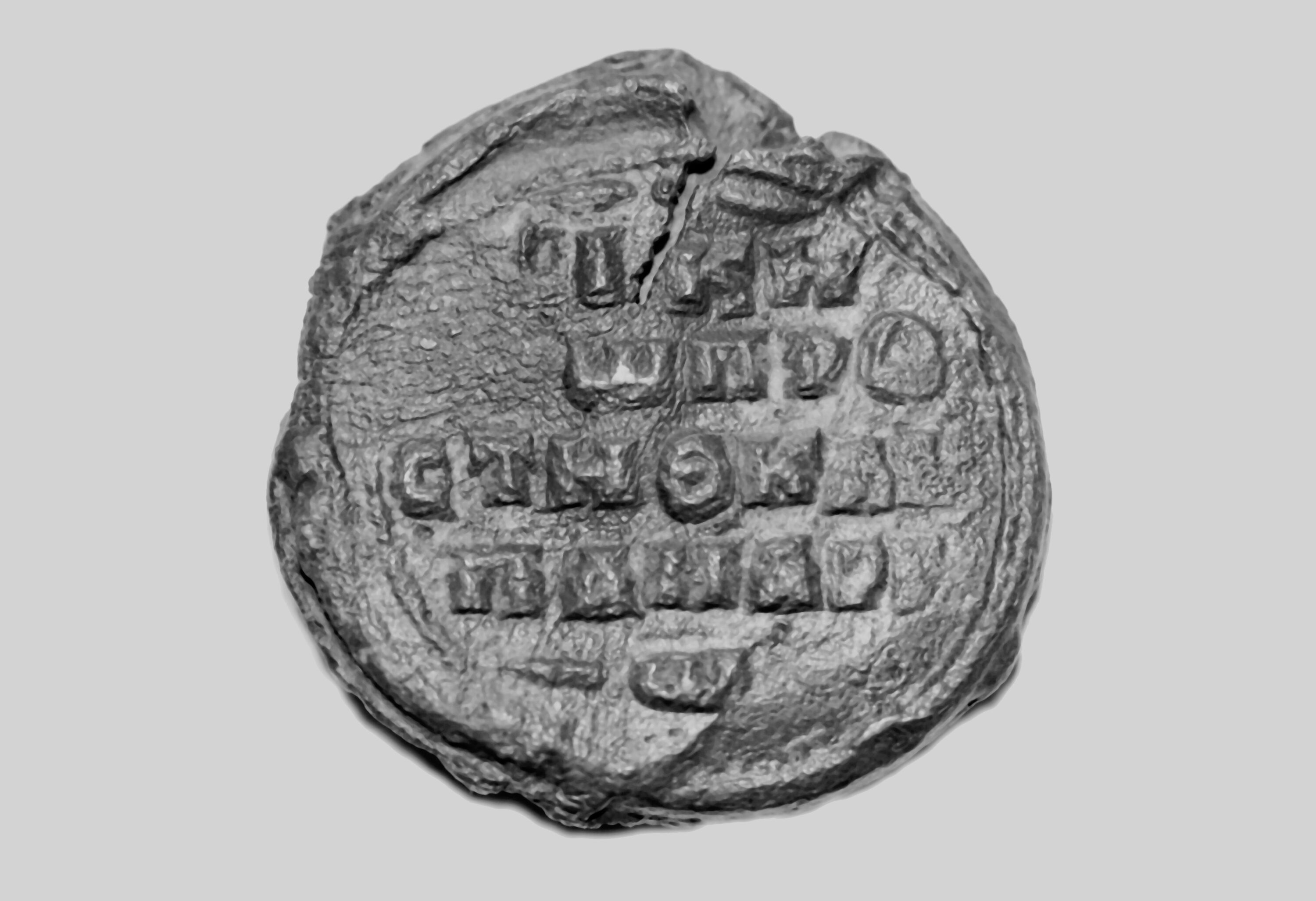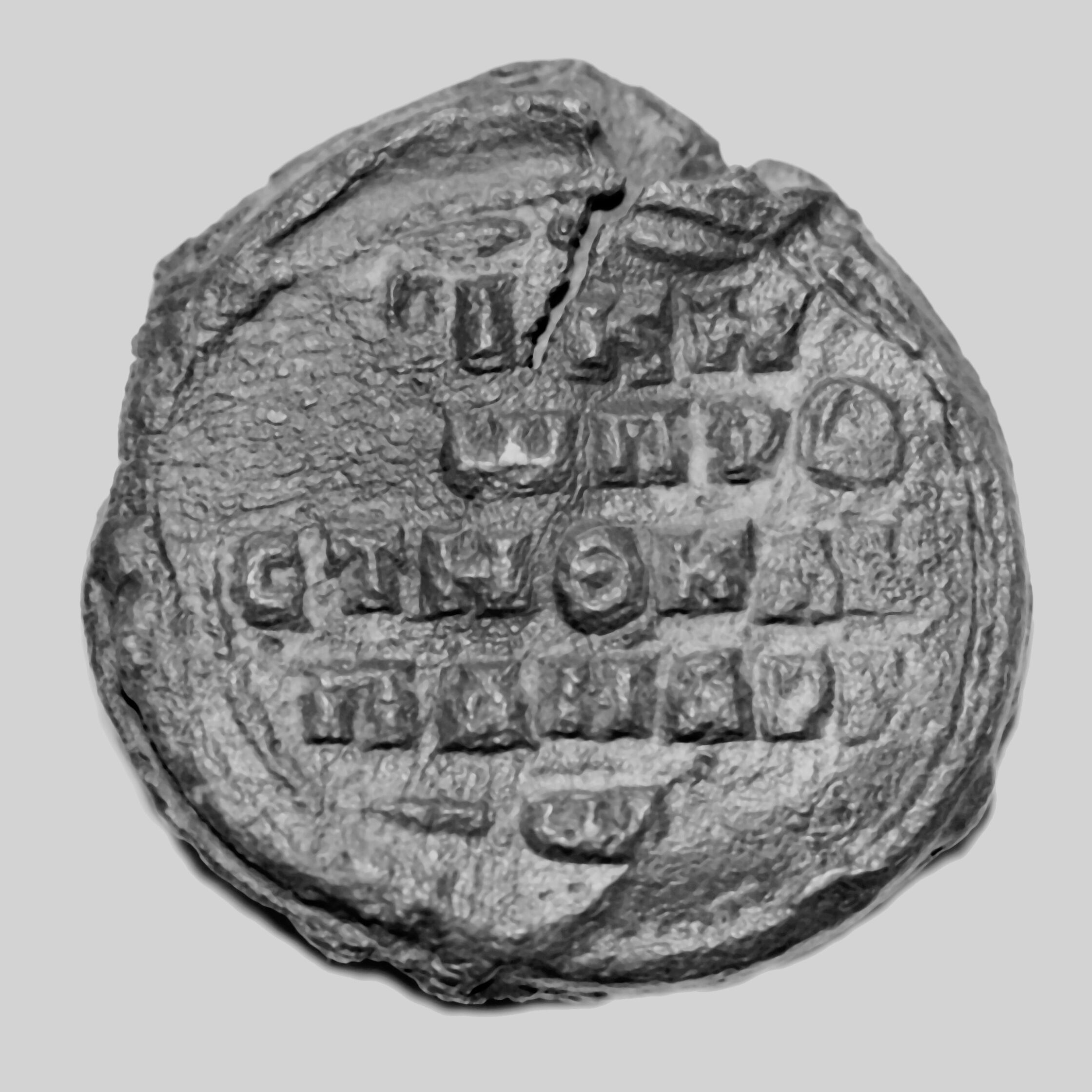
Link
tba [https://gepris.dfg.de/gepris/projekt/469385434]
Runtime
2022–2025
project participants
Project leads: Prof. Dr. Claudia Sode (Byzantine Studies, University of Cologne), Dr. Claes Neuefeind (CCeH), Dr. Alessio Sopracasa (CNRS – UMR 8167 Orient et Méditerranée, Paris). CCeH staff: Jan Bigalke, Benedikte Löbbert, Marcel Schaeben.
Funding
Funded by the DFG and the Agence Nationale de la Recherche (ANR), France, as part of the ANR-DFG funding program for Franco-German research projects in the humanities.
Description
While only a few documents and letters from Byzantium have survived in comparison to the classical and western medieval world, a large number of seals attached to the documents have survived and contain a wealth of information. However, they are scattered across various collections and there are no standards for their publication. They are therefore insufficiently used as historical sources. The aim of the project is to use the digital possibilities of the Digital Humanities to remedy this deficit and to enable a better understanding of Byzantium through a reorientation of Byzantine seal studies. The core of the project is the scientific cataloging of four collections of Byzantine lead seals (approx. 4,000 pieces in total). In the cooperation between Cologne Byzantine Studies, CCeH and the Paris CNRS, we will use a uniform encoding standard for digital collections of seals (SigiDoc) and test and further develop it in the course of the project based on the different requirements of the individual collections. With Reflectance Transformation Imaging (RTI), we will apply a digital imaging method that supports the legibility, analysis and representation of seals. The individual collections are made accessible by the CCeH via a joint portal, which enables cross-collection searches.
Picture credits
Seal of Nikephoros Kampanarios.
